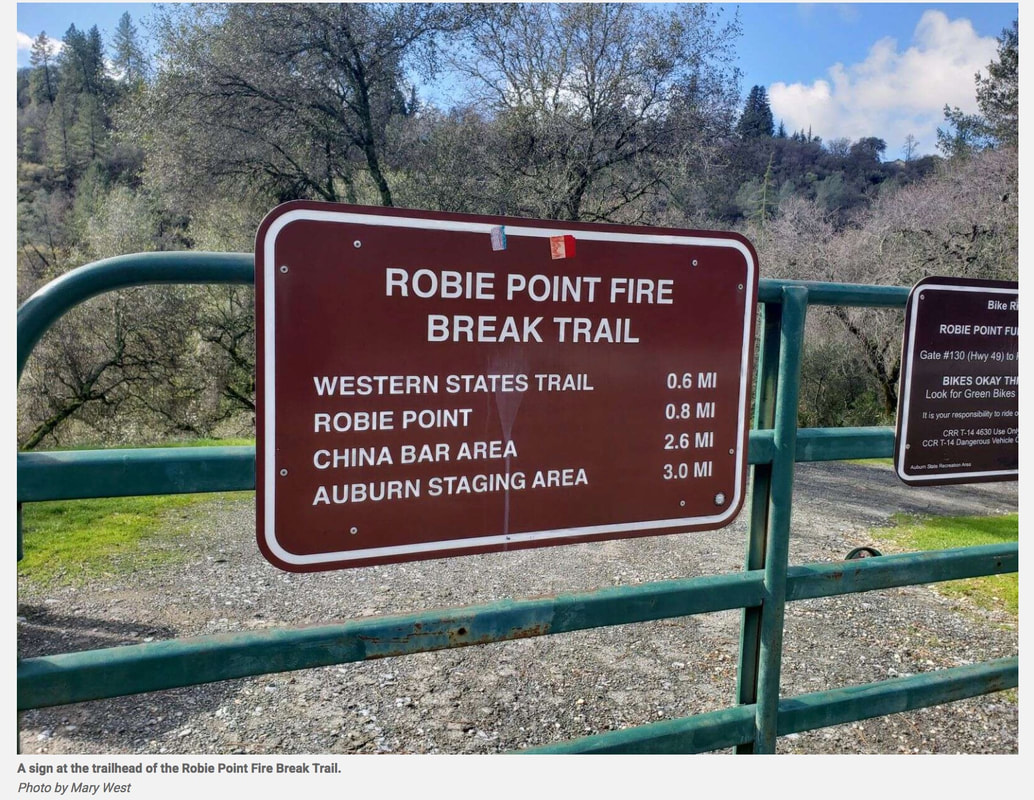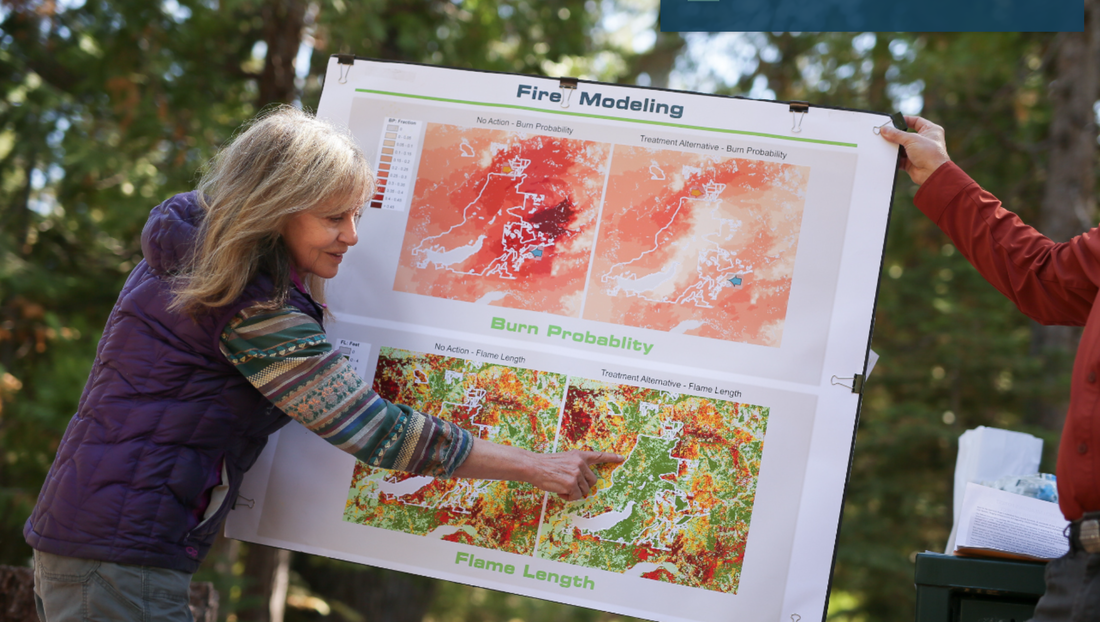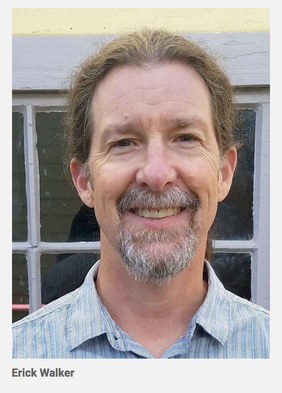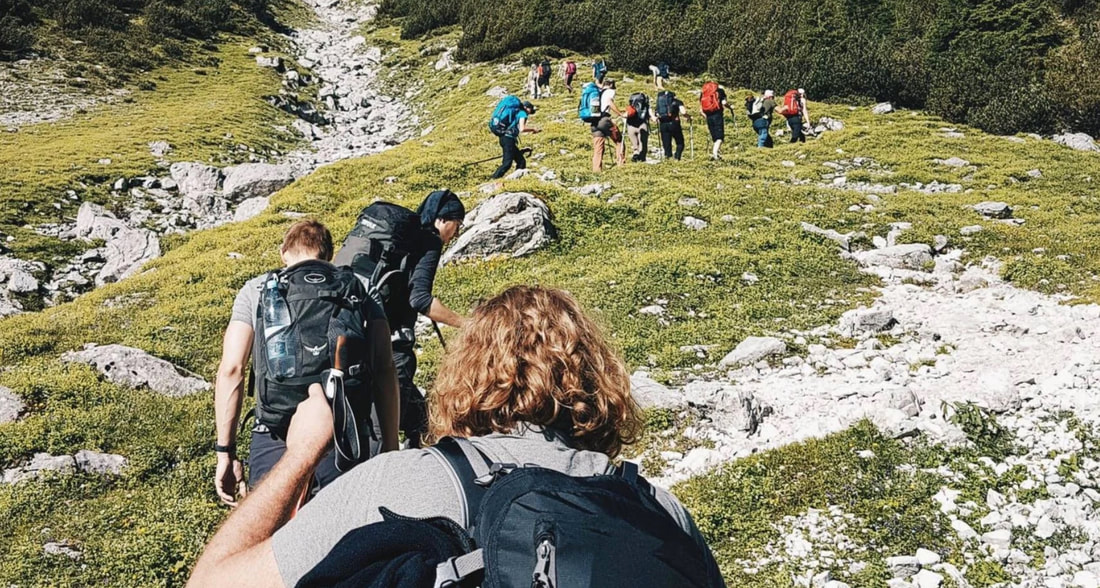Robie Point Fire Break Trail will take you to several trail options as is common in the Auburn State Recreation Area. On my last visit between storms we hiked down to where the trail meets the historic Western States Trail. We then took a left to Canyon Creek. You can also connect to Robie Point, China Bar and the Auburn Staging Area. These trails connect to still more hiking options.
The views of the American River weaving through the canyon is one of the delights of this trail. The waterfalls are another. This trail is home for me, so the rocks, trees and each bend in the trail holds memories of previous treks on the same path.
The history of the Western States Trail is a fun thought while making my way. Imagine the many equestrians and runners from around the world, and our local friends, who have raced on this trail over the many years of the Tevis Cup and the Western States 100-mile Endurance Run.
The bridge is our halfway point at about two miles from the gate. Now we make the climb back up. The wide flat trail is part of our mining history too. If you look for them, you can find the concrete foundations of train trestles that used to run along the river carrying lime from the quarry up to the road to be hauled away.
Just uphill from the intersection of the Western States Trail, look for a narrow trail to the left. Just a few yards back is a lovely cascading waterfall and another steep trail option. I keep saying maybe next time but have yet to take it. I retrace my steps back to the main trail to enjoy the canyon and river views back to the parking lot at gate #130.
Mary West is author of the book series Day Hiker – Gold Country Trail Guide I, II and III (2nd edition Available on Amazon). The books are a collection of the Day Hiker columns where West shares her longtime love of the outdoors, favorite hikes in Northern California’s Gold Country and beyond. West was the recipient of the 2017 and 2019 CRAFT Award for Best Outdoor Column and the 2020 Craft Award for her second book in the series-Day Hiker Gold Country Trail Guide by the Outdoor Writers of California. You can follow West on Facebook and Instagram
To see the complete article in The Union newspaper, CLICK HERE.









 RSS Feed
RSS Feed